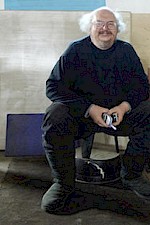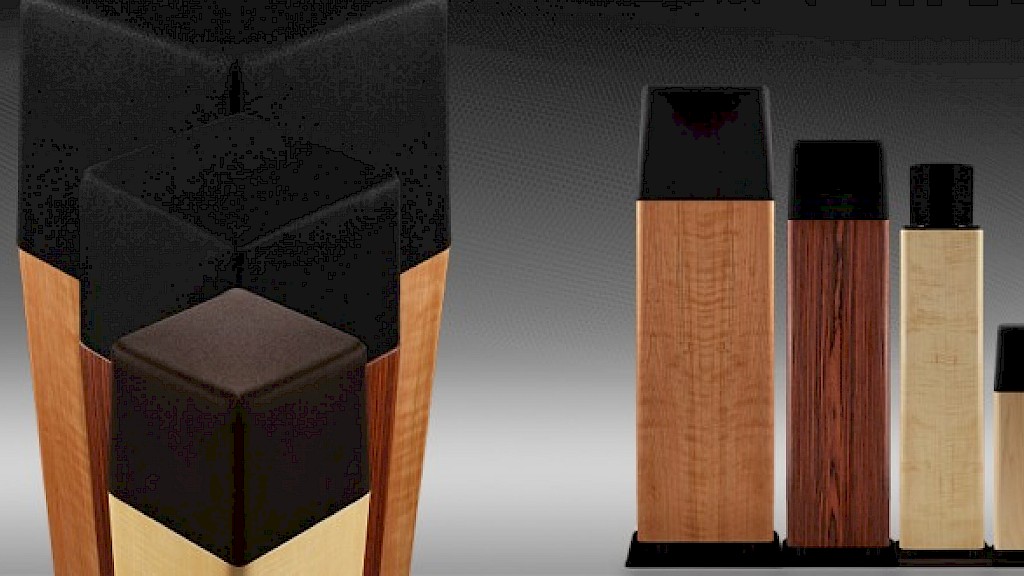Tubes or Transistors? The Feud Goes On
One of the marks of the serious “‘phile” – be it audiophile, bibliophile or other committed enthusiast – is that we squabble about things most outside the community have rarely heard about, let alone cared about.
When high quality solid-state – transistor – amplifiers were introduced in the early 1960s, they were hailed as a huge technological breakthrough. Solid-state amps, it was said, provided power that did not degrade over time, constant specifications, and less heat buildup. All true.
Now, there seems to be a re-emergence among high-enders for tubed amplifiers. Tubes age; transistors don’t. Is there really a difference in sound? Is one better than the other? Or is this just a case of people in love with old technology?
Tubes (a.k.a. Hollow State and Glass Audio) can sound nearly identical or dramatically different from transistor or solid-state amplifiers. It depends on the total system, room, source and listening conditions. The most dramatic difference takes place when the amplifier starts running out of power and begins to distort.
This distortion is called “clipping” because if you look at the signal, it will look like someone clipped the tops off the peaks. (For a further discussion of amplifier power and clipping, see our earlier post.)With most transistor designs the clip looks like a flat top with a sharp change from the undistorted part of the signal to the clipped part. With tube equipment, the signal looks softer and rounder. This softer distortion is similar to the extra sounds musical instruments make; but the sharp distortion of solid state amplifier is not at all natural and quite irritating. If both amplifiers are in clipping, it takes a much bigger amplifier to sound as clean. Almost all amplifiers clip on dynamic music played through moderate-efficiency speakers. My rule-of-thumb is you need three watts of undistorted peak power from a transistor amplifier for every watt you have from a tube amplifier.
The second thing that makes them sound different is “damping factor,” a figure derived by dividing a speaker’s impedance by the amplifier’s output impedance. This is a measure of how tightly the amplifier controls the speakers and, in-turn, affects the sound and balance of the amplifier/speaker combination. This is a much more subtle effect related to frequency response and resonance control. In general, transistor amps have a higher damping factor. This gives a drier bass response compared to the warmer bass response of tube amplifiers. This effect also varies from speaker to speaker.
Which is better depends on the speaker and room as much as the style of amplifier. You cannot know in advance which is going to be the better match. And, to some extent, if beauty is in the eye of the beholder, “better sound” is in the ear and mind of the listener. Ultimately, the best way to know if an audio system is going to sound “right” is to hear it in the environment where it will be played.
Enjoy & Good Listening!
John
Subscribe to Ohm News & Views to get the latest posts in your inbox
John Strohbeen Author
John Strohbeen was the President and Chief Engineer of Ohm Acoustics from 1978-2023.


